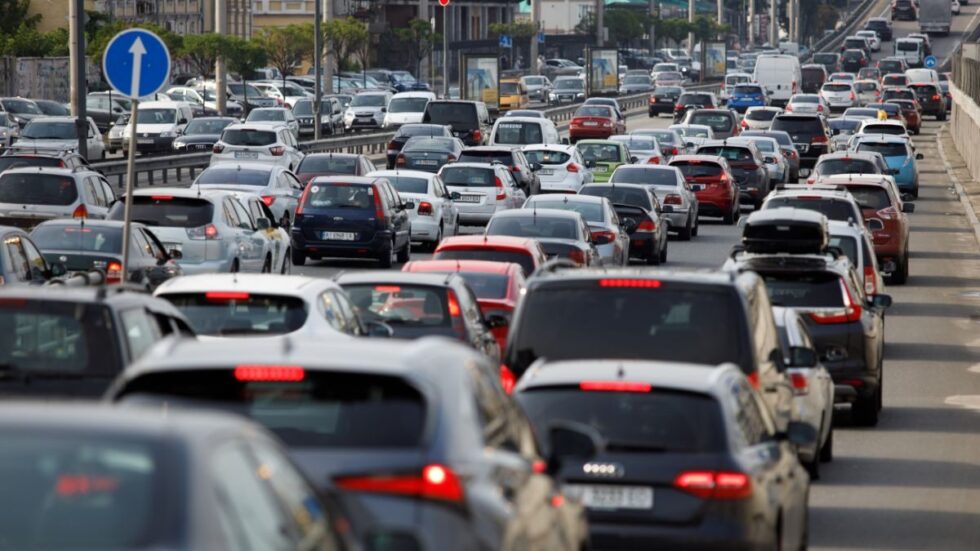Why car insurance in Germany 2026 gets costlier: GDV reclassifies drivers in Berlin and Offenbach

In Germany, regional classes for car insurance are being reassessed, leading to tariff changes for many drivers. According to the German Insurance Association (GDV), around 24.5% of policyholders will be reclassified in Kfz liability insurance for 2026. Approximately 5.3 million drivers in 51 districts can expect lower premiums, while about 5 million in 48 districts will face higher costs. For the majority – 32.1 million motorists across 314 districts – classifications remain unchanged, reports G.business with reference to Spiegel.
The calculation is based on annual damage statistics, showing where accidents occur most frequently and where claims are most expensive. The most favorable figures continue to be recorded in Brandenburg, Schleswig-Holstein, Lower Saxony, and Mecklenburg-Vorpommern, resulting in lower premiums for drivers in these regions.
The best nationwide result was once again registered in the Elbe-Elster district of Brandenburg, where damages are roughly 30% below the national average. In contrast, many drivers in Hesse and North Rhine-Westphalia will be placed into higher classes. Large cities remain at the bottom: Offenbach tops the list of costly regions, closely followed by Berlin, where damages are nearly 40% above the national average.
Adjustments also apply to comprehensive and partial comprehensive insurance. According to GDV, about 2.6 million policyholders will move into cheaper classes, while around 2.1 million will be shifted into more expensive ones. However, for the vast majority of nearly 38 million policyholders, nothing changes: 33.4 million (around 88%) will keep their existing classification.
The reassessment of regional classes by the GDV highlights how strongly insurance costs in Germany depend on local accident statistics. While millions of drivers in Brandenburg and other northern regions will benefit from lower premiums, many in large cities such as Berlin and Offenbach face higher costs. The changes for 2026 underline a growing divide between urban and rural areas when it comes to car insurance pricing. At the same time, most policyholders will see no difference at all, as their classifications remain stable. This shows that although the system adjusts annually, only a fraction of drivers are directly affected, while the majority continue under the same terms.
Stay connected for news that works — timely, factual, and free from opinion — and insights that matter now: Ukraine’s Flamingo Missiles Strike FSB in Crimea – New Long-Range Weapon